
Prince of Persia is a cinematic platform game developed and published by Broderbund for the Apple II in 1989. It was designed and implemented by Jordan Mechner. Taking place in medieval Persia, players control an unnamed protagonist who must venture through a series of dungeons to defeat the evil Grand Vizier Jaffar and save an imprisoned princess.

Broderbund Software, Inc. was an American maker of video games, educational software, and productivity tools. Broderbund is best known for the 8-bit video game hits Choplifter, Lode Runner, Karateka, and Prince of Persia, as well as The Print Shop—originally for printing signs and banners on dot matrix printers—and the Myst and Carmen Sandiego games. The company was founded in Eugene, Oregon, and moved to San Rafael, California, then later to Novato, California. Brøderbund was purchased by SoftKey in 1998.
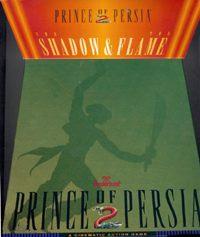
Prince of Persia 2: The Shadow and the Flame is a platform game released by Broderbund in 1993 for the MS-DOS, and later ported to Macintosh, Super NES, and FM Towns. It is the second installment in the Prince of Persia series, and a direct sequel to 1989's Prince of Persia. Both games were designed by Jordan Mechner, but unlike the original, he did not program the sequel himself. In the game, players control the Prince as he attempts to return to Persia and defeat the evil wizard Jaffar once and for all, who has assumed his appearance, seized the throne, and put his love interest, the Princess, under a death spell.
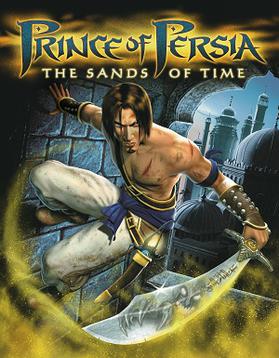
Prince of Persia: The Sands of Time is an action-adventure video game developed by Ubisoft Montreal and published by Ubisoft. The game was released on the Game Boy Advance, PlayStation 2, GameCube, Xbox and Windows in November 2003. The Sands of Time is a reboot of the Prince of Persia series created by Jordan Mechner. Mechner served as creative consultant, designer, and scenario writer for The Sands of Time.

Jordan Mechner is an American video game designer, graphic novelist, author, screenwriter, filmmaker, and former video game programmer. A major figure in the development of cinematic video games and a pioneer in video game animation, he began his career designing and programming the 1984 martial arts game Karateka for the Apple II while a student at Yale University. The game was a bestseller. He followed it with the platform game Prince of Persia five years later; it was widely ported and became a hit. Both games used rotoscoping, where actors shot on film by Mechner were drawn over to create in-game animation. Prince of Persia has become the basis for a long-running franchise, including a 2010 live-action film released by Walt Disney Pictures and an ongoing series of video games, published by Ubisoft.
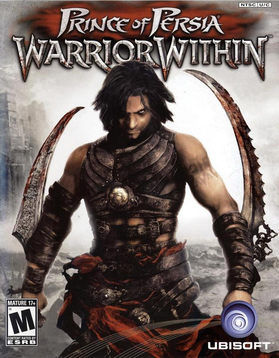
Prince of Persia: Warrior Within is an action-adventure video game developed and published by Ubisoft for GameCube, Microsoft Windows, PlayStation 2, and Xbox on November 30, 2004. A port for the PlayStation Portable developed by Pipeworks Software, titled Prince of Persia: Revelations, was released on December 6, 2005. Two mobile versions of Warrior Within were published by Gameloft for the cell phone and iOS in 2004 and 2010, respectively. Due to issues with the in-game menu, the iOS version was pulled from the App Store for two weeks, re-releasing on June 18, 2010.
Chessmaster is a chess-playing video game series, which is owned and developed by Ubisoft. It is the best-selling chess franchise, with more than five million units sold as of 2002. The same cover art image featuring Will Hare was used from Chessmaster 2000 to Chessmaster 9000.

Sega Rally 2 is an arcade racing game developed by Sega AM Annex for the Model 3 arcade hardware. It is the sequel to 1994's Sega Rally Championship. The game was first released in arcades in February 1998, and was later ported by Smilebit to the Sega Dreamcast, becoming one of the console's earliest titles when it was released in Japan on January 28, 1999. The Sega Dreamcast version was released in Europe as a launch title on October 14, 1999, and then in North America on November 27. A PC version was released in Japan and Europe that same year, with the North American release following suit in September 2000, where it was published by Mattel Interactive.

V-Rally 2 is a racing video game developed by Eden Studios and published by Infogrames for PlayStation, Dreamcast and Microsoft Windows. It was originally planned for release as a Nintendo 64 title, but was cancelled during the early development phases of the game and was never officially announced.
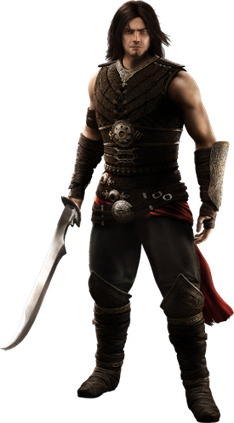
The Prince is the name given to a group of fictional characters who act as the main protagonists of the Prince of Persia franchise, originally created by Jordan Mechner and currently owned by Ubisoft. Beginning with the titular original game in 1989, there have been several distinct Prince characters, all sharing general traits. The most prominent version was first featured in Prince of Persia: The Sands of Time (2003), who has featured in a large number of games set within that game's continuity. In the 2008 reboot, the Prince is not from a royal family, but was planned to earn his title during the course of his journey. Other versions of the Prince have appeared in related media, most prominently the character Dastan in the 2010 Prince of Persia film portrayed by Jake Gyllenhaal.

Red Orb Entertainment was a publishing division created by the Broderbund software company to market its video game titles, distinguishing them from its library of edutainment titles, which it marketed to schools. Launched on May 21, 1997, and based in Novato, California, the name comes from the first six letters of "Broderbund," which spell "Red Orb" when reversed.
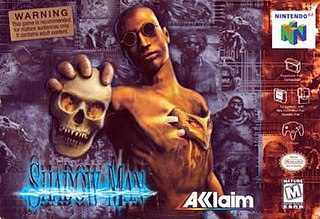
Shadow Man is an action-adventure video game developed by Acclaim Studios Teesside and published by Acclaim Entertainment. It is based on the Shadow Man comic book series published by Valiant Comics. The game was announced in 1997 and was originally slated for a late 1998 release on Nintendo 64 and an early 1999 release for Microsoft Windows, but was delayed to August 31, 1999. A PlayStation version was also released on the same day. A Dreamcast version was released three months later on December 1.

Monaco Grand Prix: Racing Simulation 2, also known as just Monaco Grand Prix or Racing Simulation: Monaco Grand Prix, is a Formula One racing game developed and published by Ubisoft for the Windows, Nintendo 64, PlayStation, and Dreamcast. It was released in 1998–1999. A sequel, Racing Simulation 3, was released in 2002.
Prince of Persia is a video game franchise created by Jordan Mechner. It is centered around a series of action-adventure games focused on various incarnations of the eponymous Prince, set in ancient and medieval Persia.

Prince of Persia: The Forgotten Sands refers to a group of 2010 action-adventure video games developed and published by Ubisoft, with each version handled by different internal teams. The main version was developed for PlayStation 3, Xbox 360 and Windows; other versions were developed for Nintendo DS, PlayStation Portable, mobile and web browsers, and a notable version for the Wii. It forms part of the Prince of Persia series, and is set within the continuity of Prince of Persia: The Sands of Time (2003).
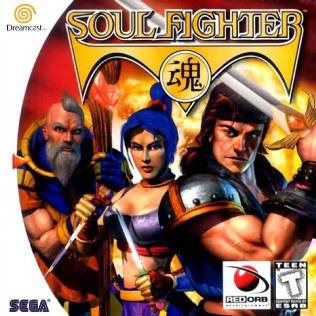
Soul Fighter is a 3D beat 'em up video game developed by Toka and published by TLC Multimedia for the Sega Dreamcast in 1999.
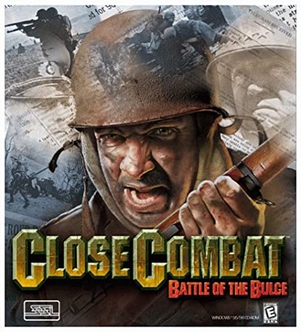
Close Combat: Battle of the Bulge, sometimes known as Close Combat IV: Battle of the Bulge, is a 1999 computer wargame developed by Atomic Games and published by Strategic Simulations Inc. (SSI). A simulation of the Battle of the Bulge during World War II, it is the fourth game in the Close Combat series. A remake, Close Combat: Wacht am Rhein, was released in 2008.

Mattel Interactive was a video game publisher and software distributor.
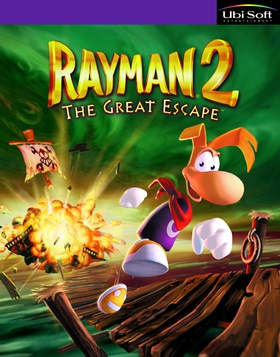
Rayman 2: The Great Escape is a 1999 platform game developed by Ubi Pictures and published by Ubi Soft for the Nintendo 64, Windows, Dreamcast and PlayStation. The game centers on the titular character Rayman, who was tasked with saving his friend Globox and the fantastical land of the Fairy Glade from an army of robotic pirates led by Admiral Razorbeard.
















